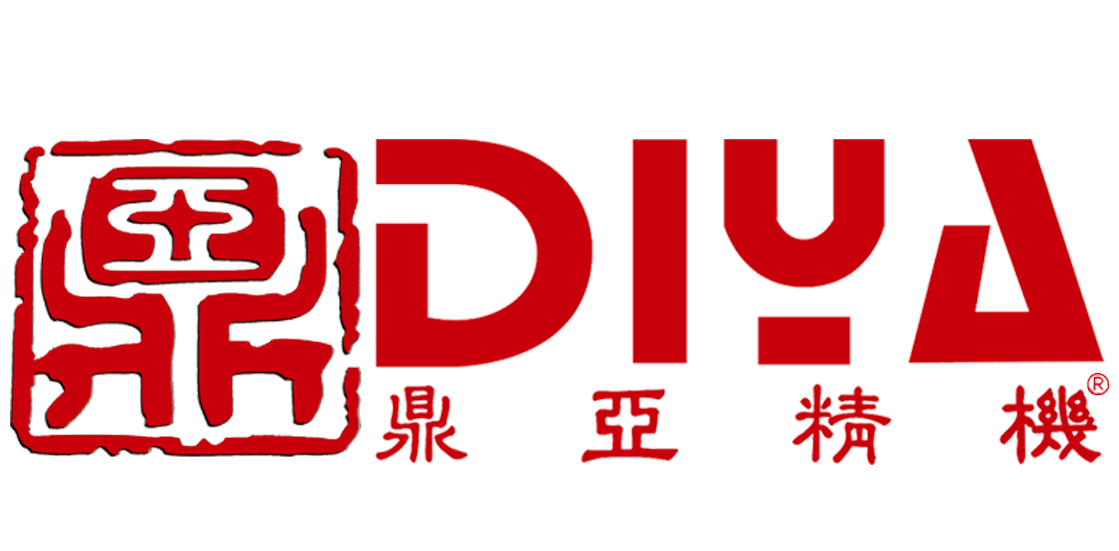In the world of precision manufacturing, CNC (Computer Numerical Control) technology has revolutionized the way we approach the production process. As professionals in our respective fields, understanding the nuances of CNC machining, including the concept of machining allowance, is crucial for ensuring high-quality and efficient outcomes. In this article, we will explore the term "CNC machining allowance" in English and delve into its significance within the manufacturing industry.
.jpg)
The term "CNC machining allowance" refers to the additional material left on the workpiece during the machining process. This allowance is intentionally added to account for various factors that may affect the final dimensions of the component. By understanding the importance of machining allowance, we can optimize the manufacturing process and ensure that our products meet the required specifications.

In English, "CNC machining allowance" can be translated as "CNC machining stock" or "CNC machining margin." These terms convey the same meaning and are widely used in the industry. When discussing machining allowance, it is essential to communicate effectively with colleagues, suppliers, and customers to ensure a seamless production process.
Machining allowance plays a vital role in CNC machining for several reasons. Firstly, it allows for the compensation of material shrinkage and thermal expansion. During the cutting process, the temperature of the workpiece rises, causing it to expand. Once the cutting operation is complete, the workpiece cools down and contracts, potentially leading to dimensional inaccuracies. By incorporating an appropriate machining allowance, we can accommodate these changes and maintain the desired dimensions.

Secondly, machining allowance accommodates tool wear. Over time, cutting tools can become dull or damaged, which can affect the accuracy of the machining process. By providing a sufficient allowance, we can compensate for tool wear and ensure that the final product meets the required tolerances.
Moreover, machining allowance allows for easier assembly and fitting of components. When manufacturing complex assemblies, it is essential to ensure that all parts fit together correctly. By providing a margin of error in the dimensions, we can facilitate the assembly process and reduce the likelihood of fit issues.
To determine the appropriate machining allowance, several factors must be considered. These include the material being machined, the cutting tool, the cutting conditions, and the desired tolerance levels. In some cases, a general rule of thumb can be applied, such as adding a certain percentage of the material thickness as the allowance. However, it is crucial to evaluate each project individually and consider the specific requirements.
As professionals, we must balance the need for precision with the desire to maximize efficiency. An excessively large machining allowance can lead to waste of material and increased production costs. Conversely, an insufficient allowance may result in dimensional inaccuracies and poor product quality. Therefore, it is essential to strike the right balance and optimize the machining process accordingly.
"CNC machining allowance" is a term that holds significant importance in the manufacturing industry. By understanding its implications and effectively communicating its requirements, we can ensure that our products meet the highest standards of quality and precision. As professionals, it is our responsibility to continuously improve our knowledge and skills in this field, enabling us to deliver exceptional results to our customers. By doing so, we not only contribute to the growth of our own careers but also support the advancement of the manufacturing industry as a whole.

发表评论
◎欢迎参与讨论,请在这里发表您的看法、交流您的观点。